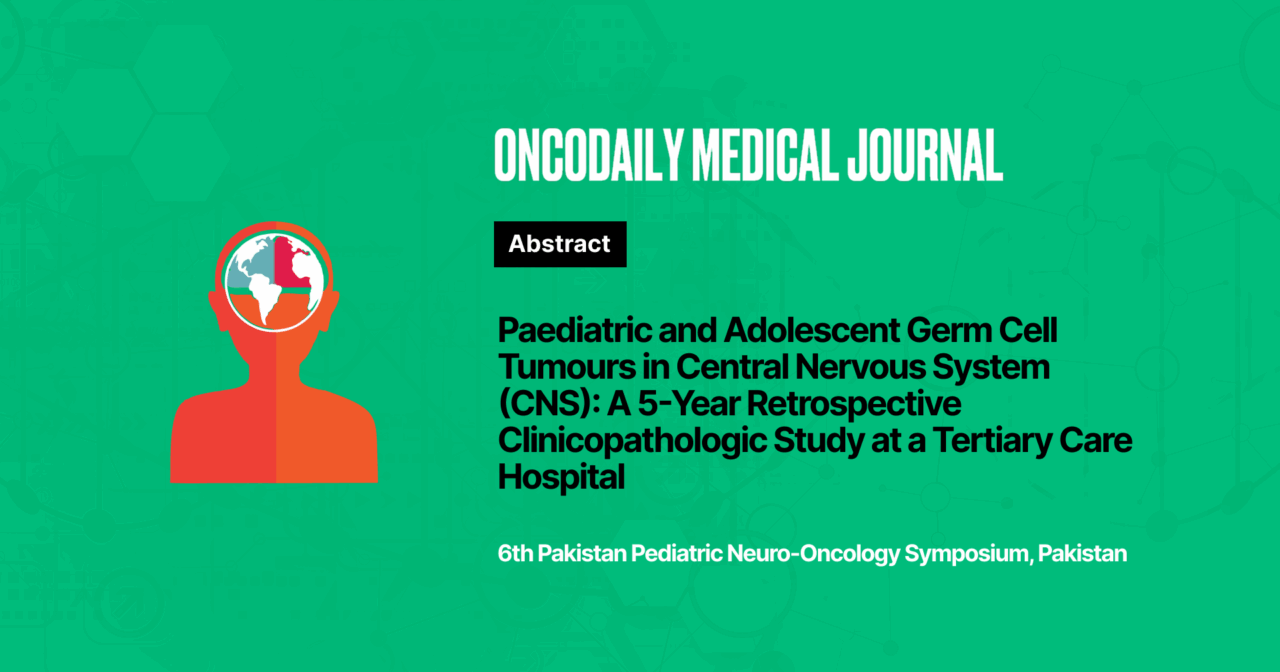Paediatric and Adolescent Germ Cell Tumours in Central Nervous System (CNS): A 5-Year Retrospective Clinicopathologic Study at a Tertiary Care Hospital
Abstract
Introduction: Primary germ cell tumours (GCTs) constitute a rare but clinically significant subset of central nervous system neoplasms, representing approximately 0.5–3% of paediatric brain tumours worldwide. They predominantly arise in the pineal and suprasellar regions and display varied histopathology, ranging from pure germinomas to non-germinomatous germ cell tumours (NGGCTs) such as mature teratoma, immature teratoma, yolk sac tumour (YST), embryonal carcinoma (EC), choriocarcinoma and mixed forms. A local study from Karachi (2024) reported Germinomas as the most common intracranial GCT in children, aligning with findings from Japanese and European series. Limited data exist from Pakistan detailing the clinicopathologic spectrum by age group.
Methodology: We retrospectively analyzed primary CNS germ cell tumours diagnosed at Aga Khan University Hospital, Pakistan between 2021 and 2025. Data were extracted from histopathology archives, including patient demographics, tumour location, histologic subtype, and sex distribution. Patients aged 0–14 years were classified as children, and those aged 15–20 years as adolescents. Patients older than 20 years and metastatic germ cell tumours in CNS were excluded from the study.
Results: Among paediatric and adolescent patients, a total of 19 cases were identified. Males predominated (63.1%). Histologically, mature teratoma (31.5%) and germinoma (26.3%) were the most common subtypes. Yolk sac tumour and immature teratoma were 10.5% each and the remaining 21.2% were mixed germ cell tumours. The majority of lesions were intracranial (68.4%) and the rest were spinal.
Conclusion: Our findings reinforce existing literature that germinoma is the predominant malignant histologic subtype and mature teratoma is the most common benign germ cell tumour in CNS. This study highlights the importance of early histopathologic diagnosis and multidisciplinary management. Further multicentre studies across Pakistan are warranted to define national patterns and guide standardized treatment protocols.
Conflict of Interest: None
Funding: None
Disclosure statement: None
License: This article is published under the terms of the Creative Commons Attribution 4.0 International License (CC BY 4.0).
©️ Maidha Ehsan, 2025. This license permits unrestricted use, distribution, and reproduction in any medium, provided the original author and source are credited.





